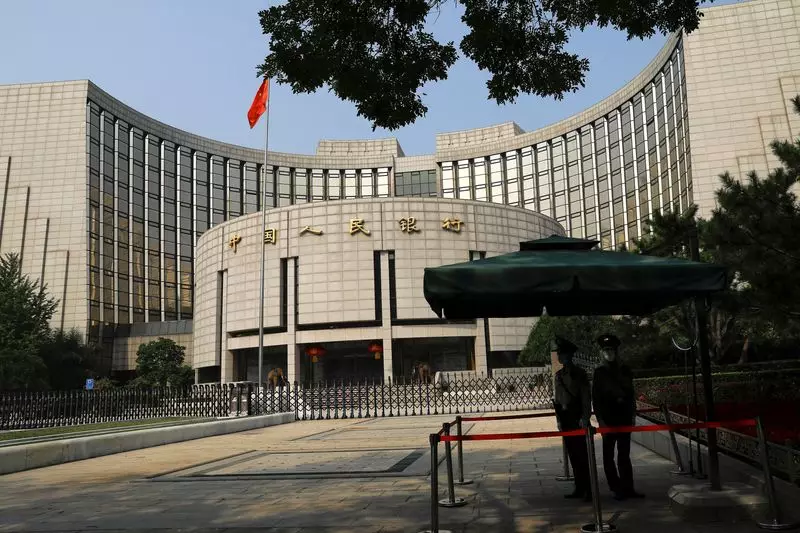China’s decision to maintain its benchmark lending rates unchanged at the monthly fixing comes at a crucial time when the country has set an economic growth target of “around 5%” for 2024. Economists view this target as ambitious and one that necessitates more stimulus, including monetary and fiscal easing. The need to revive the battered property sector in China adds to the urgency of the situation.
The one-year loan prime rate (LPR) remains at 3.45%, while the five-year LPR stands at 3.95%. These rates have a significant impact on the pricing of mortgages and influence the majority of new and outstanding loans in China. However, any drastic cuts to interest rates could potentially lead to pressure on the yuan and banks facing falling net interest margins (NIMs) since the previous year.
Despite China’s factory output and retail sales exceeding expectations in the January-February period, the property investment sector faced a decline of 9% year-on-year during the first two months of 2024. This trend follows a steep 24% drop in December, indicating ongoing challenges in the property market. Moreover, credit growth has slowed significantly, with outstanding yuan loans growing by only 10.1% in February – the lowest on record.
China’s central bank maintained its medium-term lending facility (MLF) rate the previous week, serving as a guiding rate for the LPR. PBOC Governor Pan Gongsheng’s recent assurance of keeping the yuan relatively stable, coupled with a dovish message on the availability of monetary policy tools, has led investors to anticipate further monetary easing measures. This may include additional reductions to bank reserves aimed at supporting the economy during this critical period of economic recovery.

